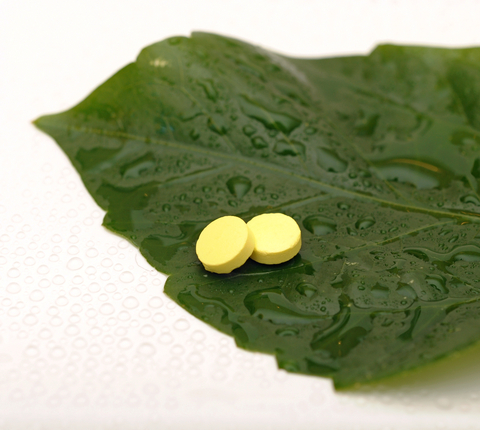
Living with a chronic disease means that we have to take control of how we live with it daily. Endometriosis is a condition that affects up to 10% of the female population and can cause chronic pain, infertility and heavy periods.
Endometriosis is a very personal journey. Life with endometriosis, which is a chronic (long-term) disease, is different for each person who suffers from this painful condition. When I was diagnosed with it, I had no idea what it was or how it would continue to affect my daily life.
The NHS describes endometriosis as:
“a common condition in which small pieces of the womb lining (the endometrium) are found outside the womb. This could be in the fallopian tubes, ovaries, bladder, bowel, vagina or rectum.”
In simple terms, tissue from the womb plants itself outside the womb and often adhers to other organs. These deposits of tissue act like miniature wombs, grow with our monthly cycles and then bleed, but there is nowhere for the expanded tissue or blood to go. It causes pain and inflammation in our abdomens and can then increase the deposits outside our wombs.
I’ve suffered from endometriosis for almost two decades and although my ovaries failed early with repeated surgeries to remove endometrial cysts, I still suffer from cycles of symptoms. My pain levels are much reduced with the early menopause but it still affects my daily life. I still use the same management strategies I developed at the height of my cyclical pain.
Managing endometriosis can be difficult if the pain is severe. One of the most important things is to find a sympathetic GP who believes in the condition. I wish I had not been embarrassed by my symptoms and had shared them much earlier than I did.
Endometriosis is usually classed in stages of severity.
- Stage 1 – Minimal
- Stage 2 – Mild
- Stage 3 – Moderate
- Stage 4 – Severe
I was diagnosed with Stage 5. I thought they were kidding at first, but I soon realised that the severity of the disease in my abdomen had affected both my fertility and my organ functions. My symptoms included very long, painful and heavy periods, back pain, pain that radiated down my legs and a frozen pelvis where my organs were glued together and didn’t move around as they should. I was eventually diagnosed by laparoscopy and learned that as well as surgery, there were other ways for me to help myself manage the symptoms.
I went through several surgeries, both open laparotomy with a massive scar and the less invasive laparoscopic keyhole surgery to remove endometriosis and the blood filled chocolate cysts that had formed on my ovaries. Thankfully, I was referred to an excision specialist that took the disease off the organs it was eating into. My bowel was affected but I was lucky enough that my endo was peeled off and had not eaten into my bowel. I know others are not so lucky with bowel involvement, although I am barred from further operations without the real possibility of a colostomy bag afterwards as my bowel loops are now stuck to my other organs and right behind my belly button. Any operation on my abdomen now has a high chance of cutting into it.
I take offence at people who think this doesn’t exist or is all in our heads. I’ve seen the images and the damage that this disease can cause. Yes, some women will have it mildly with almost no symptoms, but they are by no means the rule. This can be a very painful and life limiting disease. I also find it hard to deal with women who say things like “Oh, I have period pain and I just take a painkiller and get on with it.”
A consultant told me to explain it to sceptical women like this: “imagine a problematic and prolonged labour and giving birth month after month after month with no end in sight, no painkillers and nothing to look forward to at the end of it.”
And I read that it should be explained to sceptical men like this: “imagine trying to go about your daily business with your male anatomy squished together tightly by rubber bands and the package sewn tightly to your stomach over your belly button.”
My surgeries put me into early menopause which thankfully reduced the vast majority of my symptoms, but not all of them. I still need to keep on top of it although I no longer have to run my life around how badly the pain is day to day.
1 – Use Pain Medications
As well as treating the disease with stronger medications such as zoladex and buserelin treatments to put us into temporary menopause, or the pill to stop a lining forming, plain old pain medications can help with the cramps and radiating pain. We don’t always want or get offered surgical intervention and I needed to give up with over the counter medications. My doctor gave me stronger pain killers which helped to alleviate some of the symptoms. I had reasonable success with dihydrocodeine and strong ibuprofen taken at the same time, and although I can manage on plain old paracetamol and ibuprofen now, I used to need much much more just to be able to stand up.
2 – Heat
I learned that applying heat through using a heat pad or hot water bottle on my abdomen and lower back helped to relieve the cramps. Regular warm to hot baths helped with my lower back and leg pain.
3 – Tens Machine
I had a lot of success at work where it was not practical to use a heat pad, by having a small tens machine on my abdomen to help alleviate some cramps. It was not at all helpful in a full blown pain attack, but helped me live with the daily less painful aches.
4 – Keep a Pain and Food Diary
A pain diary would have made it much easier for my doctor to see the developing pattern and link it to endometriosis as a possible cause.
Keeping a food diary helped me to find out the common factors, timings and levels of pain that I had experienced and relate that to what I ate. By writing it down, I was able to see patterns that emerged monthly, weekly and daily in my life. It allowed me to begin to make better choices for my health.
5 – Diet and Environmental Factors
A bloated stomach with pain on eating some foods became more obvious the longer I lived with the condition. In extreme pain cycles, I learned to stay away from yeasty and spicy foods, caffeine and gluten. I ate more fruit and vegetables. I removed overly bleached products that could increase my exposure to dioxin such as sanitary towels and tampons. I haven’t needed these products for over a decade, so I have no idea if they have evolved to be dioxin friendly, but it is an area worth looking at. I avoid eating or drinking from polystyrene or plastic containers as often as I can as I read those can leach oestrogen into the food or fluid inside. I want to stay away from oestrogen as much as I can as it brings back my endometriosis symptoms, but it’s often too tempting to enjoy a take away coffee and I think I would be reaching the stages of paranoia if I refused everything that came in plastic.
6 – Support
I’d never heard of anyone else with endometriosis when I was diagnosed. Finding other people in the same situation was important for the sharing of knowledge and knowing I was not alone. Endometriosis UK is a charity which has message boards for sufferers. I wish it had been available when I was first diagnosed.
7 – Exercise
Before my condition worsened, I used to exercise daily, frequently and very hard. When my endometriosis pain increased, I realised that my exercise levels were unrealistic and that a simple walk was the equivalent of climbing a mountain. I found in very severe pain bouts, that exercising by using rocking motions on a birthing ball and short walks helped my body to cope, as did using breathing exercises taught to expectant mums when I couldn’t stand up. I’ve never managed to get back to my pre-endometriosis fitness levels and find myself with both food issues and fibromyalgia post endometriosis. It’s a long ongoing process for me to find both time and inclination to exercise. I’m hopeful for the future, but it won’t stop me living my life just because I’m not where I want to be fitness wise.


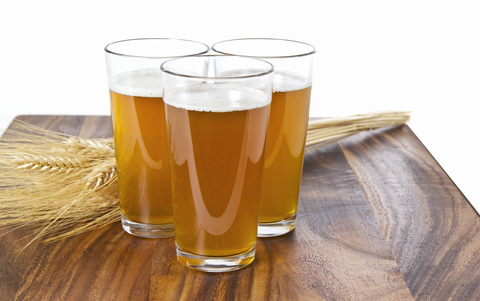

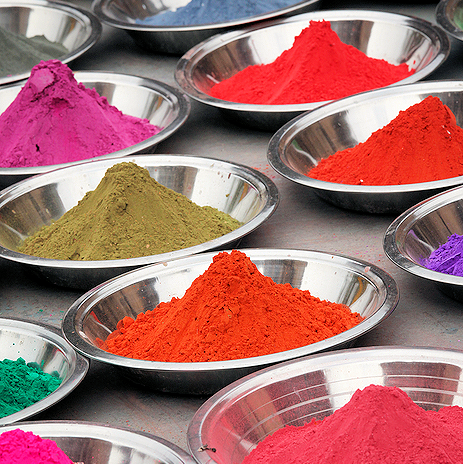

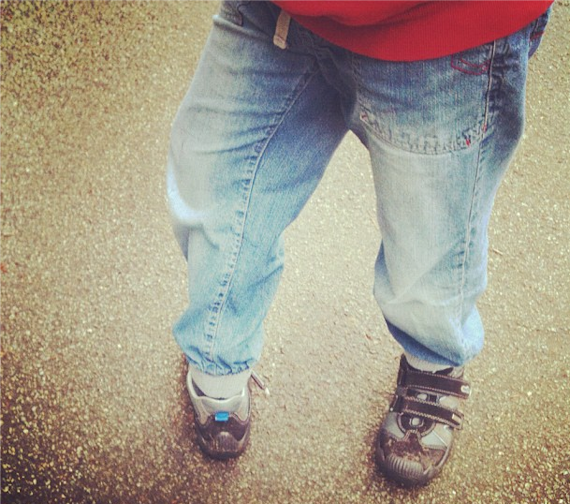

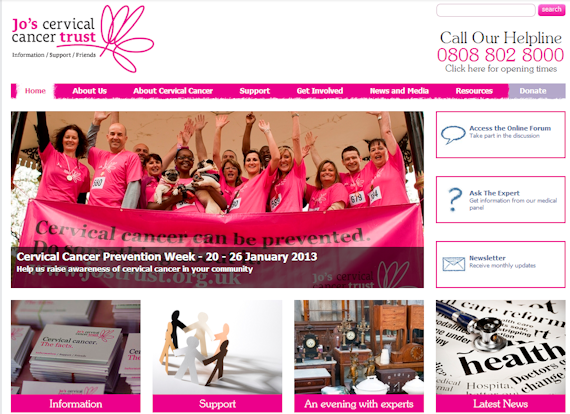

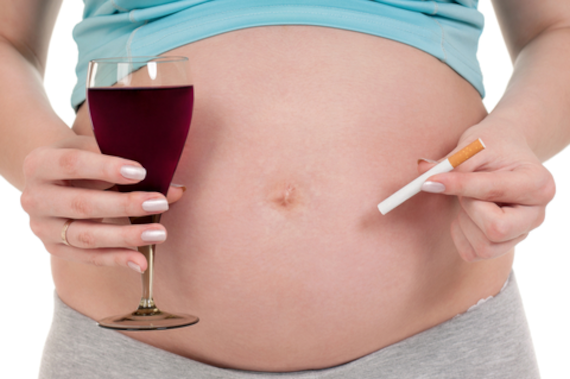



Add anything you like. Cooking is all about changing ingredients to suit what you have or what you prefer. I…
Thankyou for your recipe would it be okay to add some chopped bacon , Mushrooms, Cauliflower and broccoli to this…
Thanks for the article, very informative